German Modern Luxury interior design combines German modernist design with the concept of understated luxury, emphasizing functionality, minimalist aesthetics, high-quality craftsmanship, and subtle opulence. It retains the rationality and precision of German design while incorporating the sophistication and comfort of modern luxury, making it ideal for those who seek a refined lifestyle. Below is an introduction to its core features, design elements, and spatial applications.
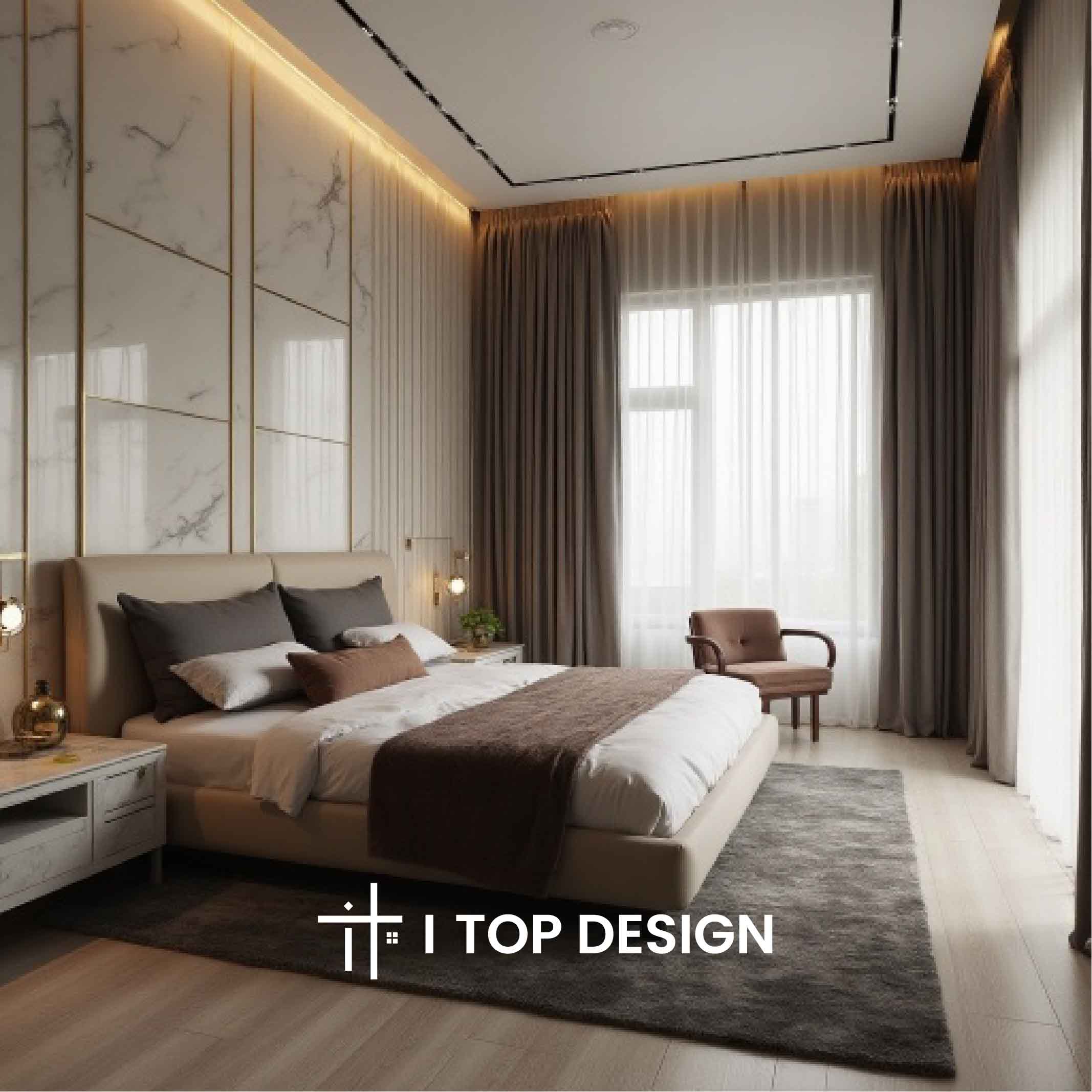 I. Core Design Features
I. Core Design FeaturesSimple and Rational Lines
Influenced by the Bauhaus style, it focuses on geometric forms and straight lines, minimizing unnecessary decorations and highlighting structural clarity.
Furniture and cabinets often feature hidden handles and built-in designs to maintain visual simplicity.
Neutral Tones + Understated Luxury
Base Colors: Black, white, gray, beige, and light brown create a calm and elegant foundation.
Accent Colors: Metallic tones (e.g., brushed gold, bronze), deep blue, and emerald green add depth without being ostentatious.
Textured Material Mix
Natural Materials: Walnut, oak, and stone (e.g., marble, travertine) showcase natural textures.
Industrial Elements: Metal (brass, stainless steel), glass, and matte lacquer panels enhance modernity.
Soft Furnishings: Leather, wool, and velvet elevate tactile comfort.
Functional Layouts
Smart storage systems (e.g., custom cabinets, hidden compartments) maximize space efficiency.
Open kitchens integrated with living areas reflect German practicality.
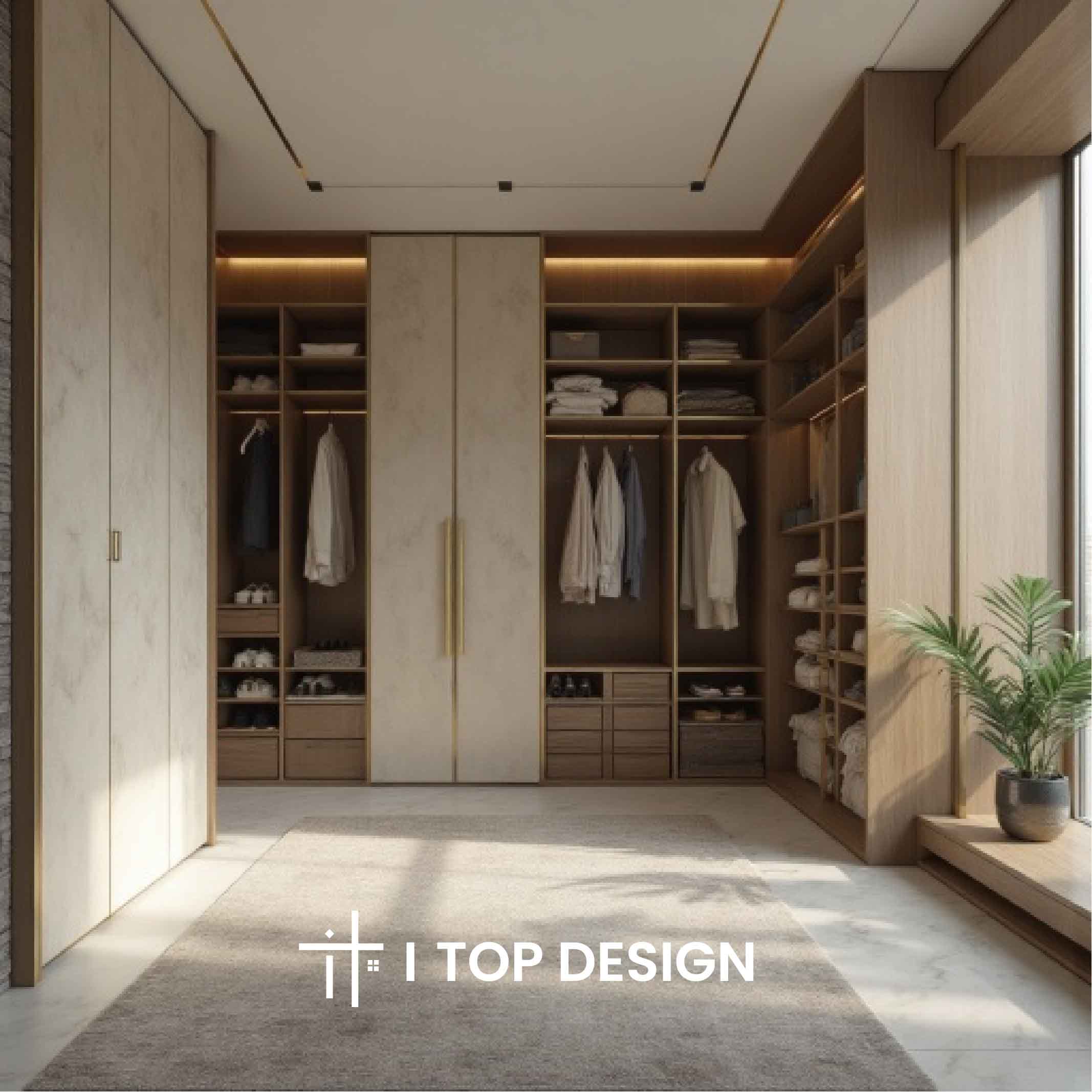 II. Key Design Elements
II. Key Design ElementsFurniture Design
Classic Brand Influences: Inspired by brands like Walter Knoll and Bulthaup, furniture features clean lines, low profiles, and ergonomic designs.
Industrial Details: Metal frames, leather accents, and modular designs.
Lighting Atmosphere
Recessed Lighting: Spotlights and track lights provide ambient lighting, complemented by floor lamps and linear LED strips for layered effects.
Decorative Lighting: Geometric pendant lights (e.g., metal spheres, cubes) serve as focal points.
Decor and Art
Minimalist Art: Abstract paintings, monochrome photography, or geometric sculptures adorn walls, avoiding intricate patterns.
Greenery: Large plants like fiddle-leaf figs or monstera add vitality, aligning with naturalistic principles.
Craftsmanship Details
Hardware: Hidden hinges and soft-close mechanisms reflect German precision.
Seamless Finishes: Clean transitions between walls, floors, and cabinets showcase meticulous craftsmanship.
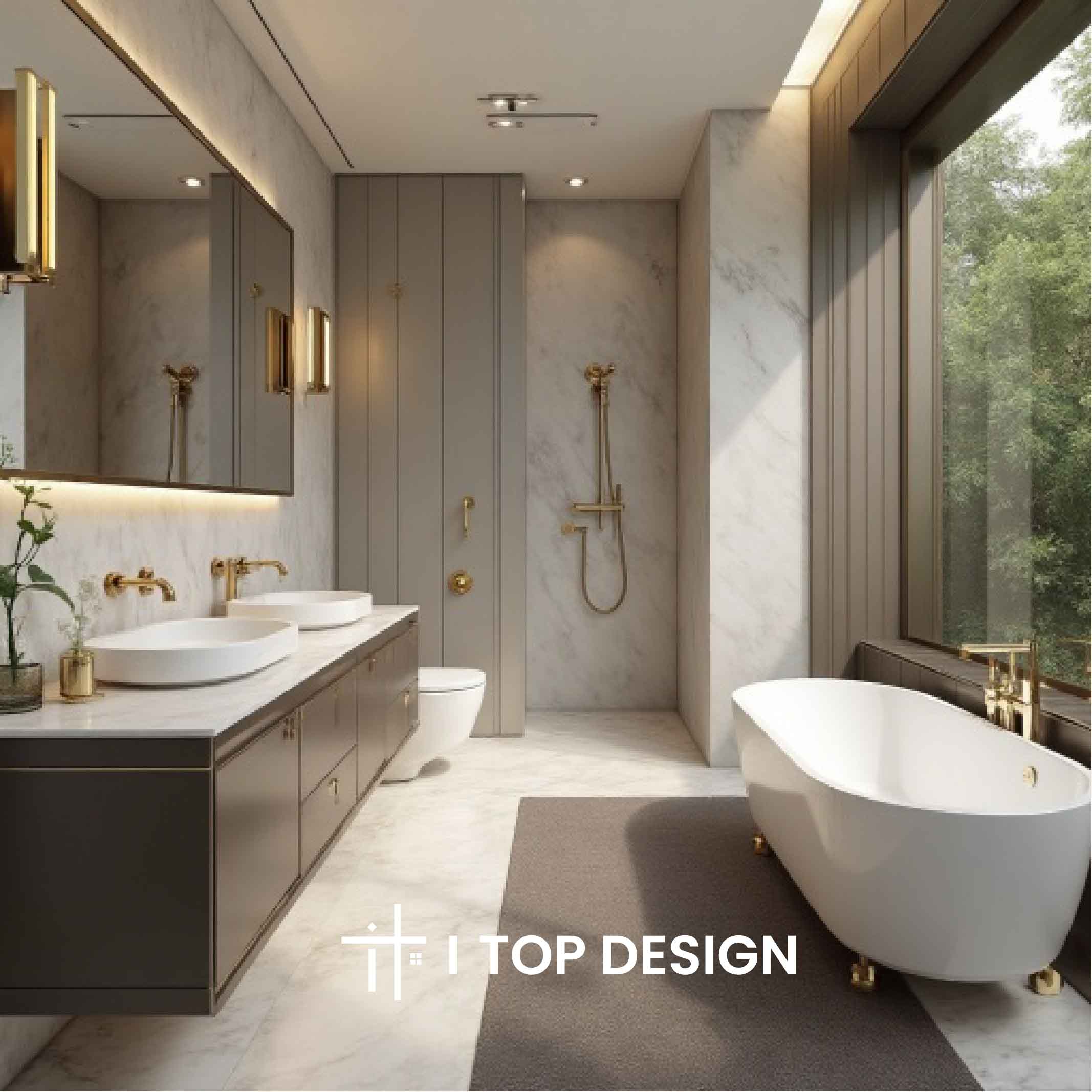 III. Spatial Applications
III. Spatial ApplicationsLiving Room
Sofas in low-saturation leather or fabric, paired with marble coffee tables and metal side tables.
Feature walls with wood paneling or micro-cement, accented by linear wall lights or narrow-framed art.
Kitchen and Dining Area
Custom matte cabinets with built-in appliances, and an island doubling as a dining table.
Tableware in minimalist ceramics or frosted glass, paired with brass pendant lights.
Bedroom
Upholstered or wood-slatted headboard walls, with bedding in plain linen or cotton.
Hidden wardrobes with integrated lighting to maintain an open feel.
Bathroom
Large-format gray tiles on walls and floors, paired with black fixtures and a freestanding bathtub.
Mirrored cabinets and wall niches for storage, with soft, glare-free lighting.
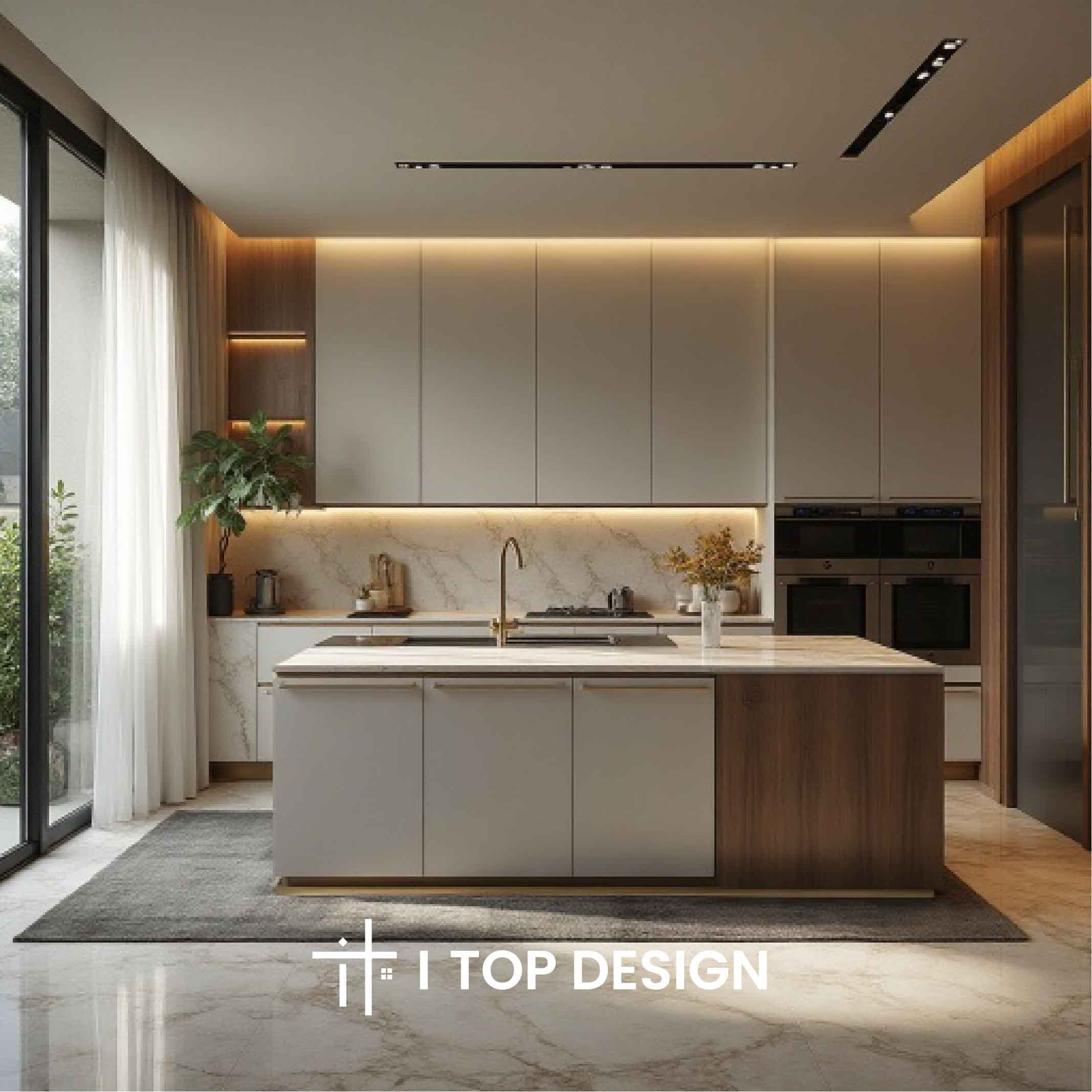 IV. Comparison with Nordic and Italian Luxury Styles
IV. Comparison with Nordic and Italian Luxury Stylesvs Nordic Style: German Modern Luxury emphasizes industrial textures and precision, with cooler tones; Nordic style leans toward natural warmth (wood + bright colors).
vs Italian Luxury: Italian design often uses curved lines and luxurious stones (e.g., Calacatta marble), while German design focuses on straight lines and functionality.
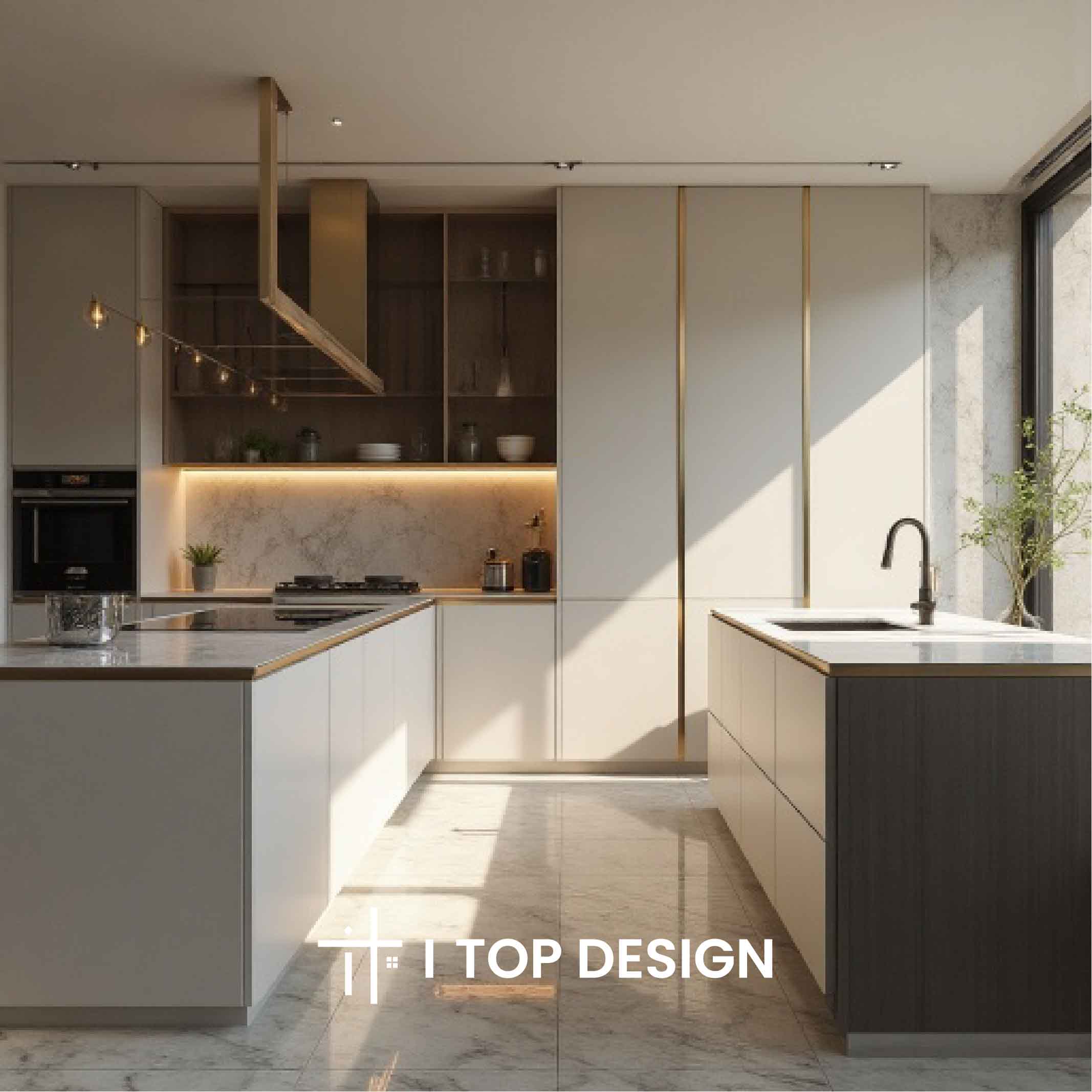 V. Target Audience
V. Target AudienceUrban professionals who value a balance of quality and practicality, appreciate understated luxury, and prefer rational, restrained spatial expressions.
Conclusion: German Modern Luxury design embodies the principle of "less is more," creating timeless modern spaces through high-quality materials, precise proportions, and subtle luxurious details. It is not just a design style but also represents a rational and refined lifestyle.

 Malaysia
Malaysia